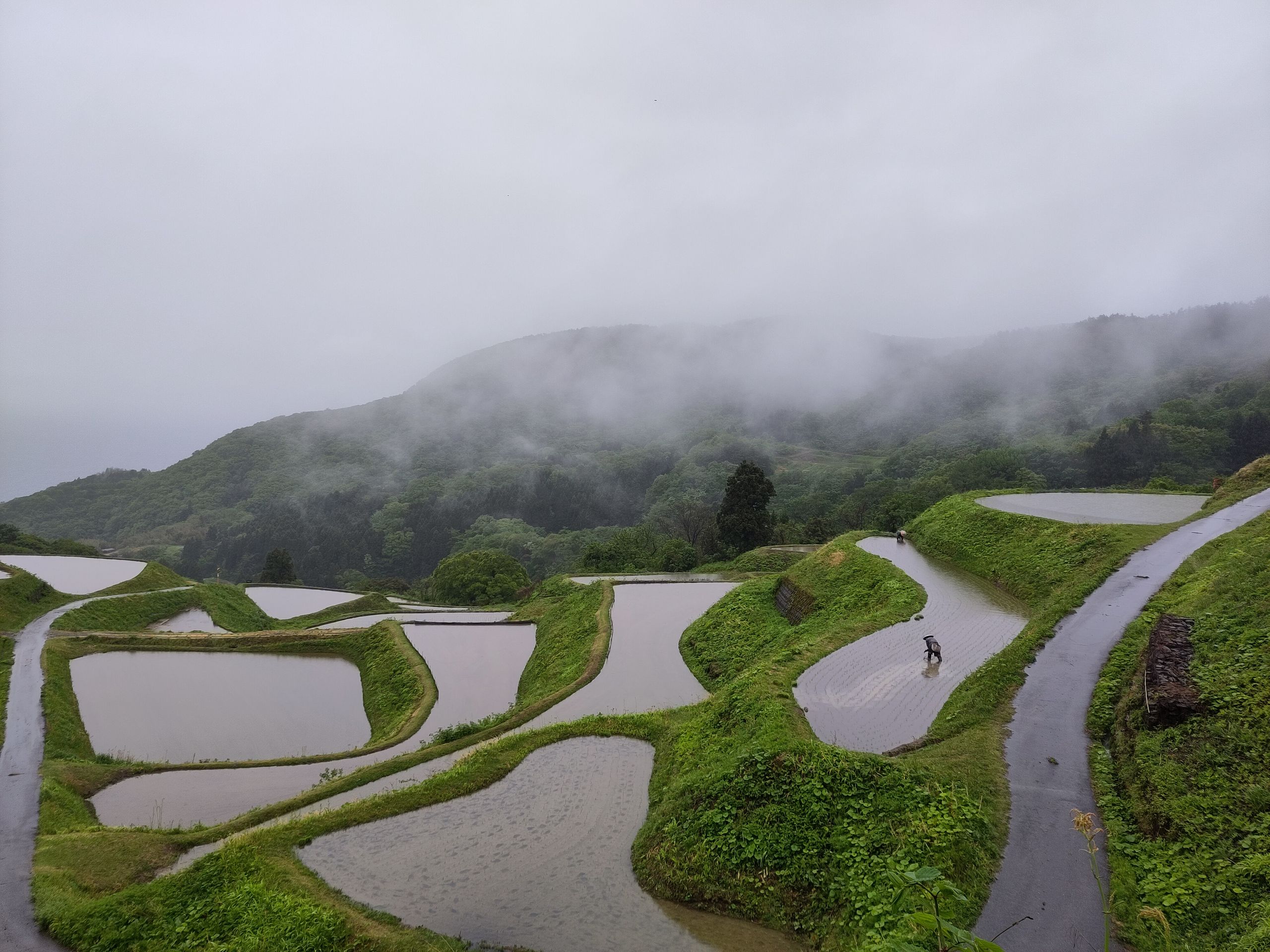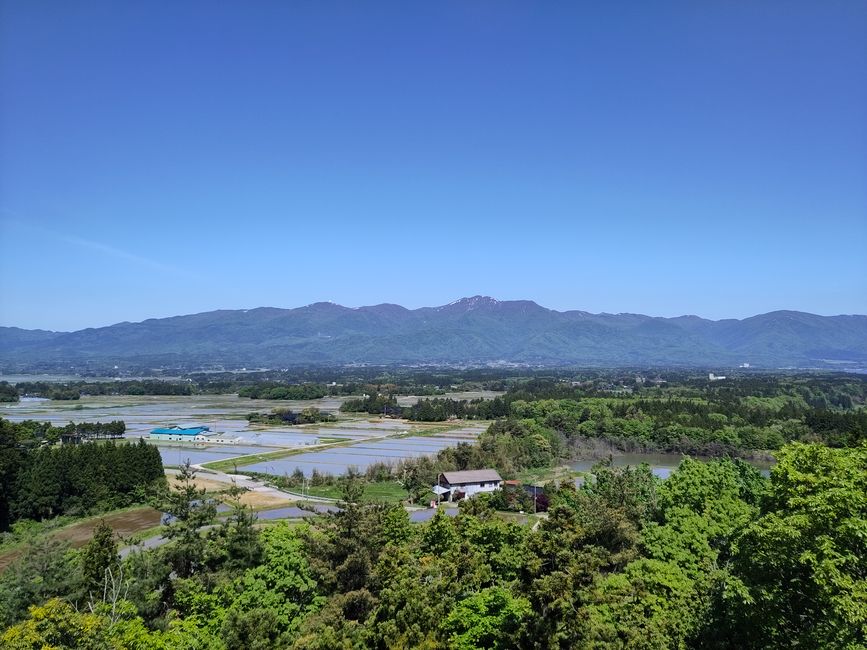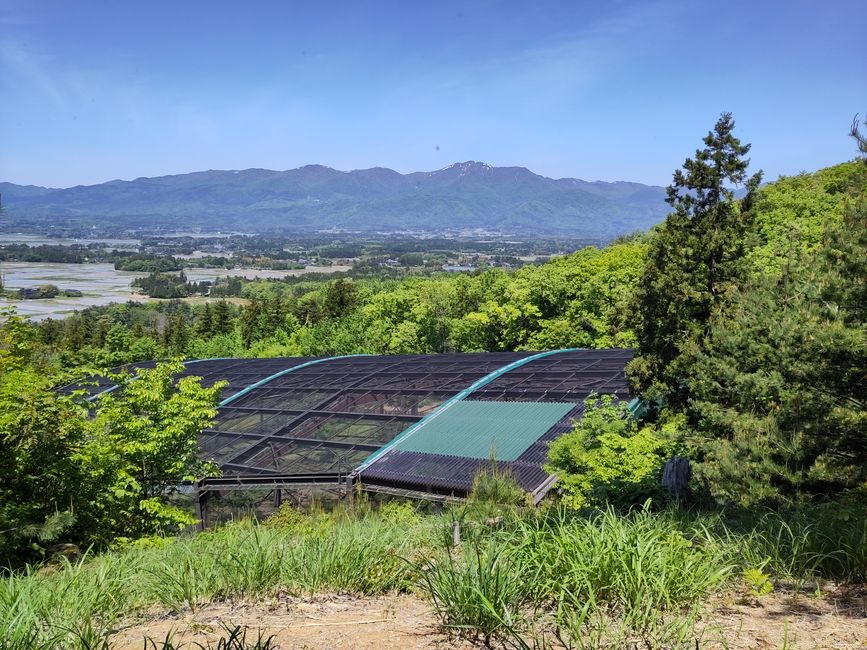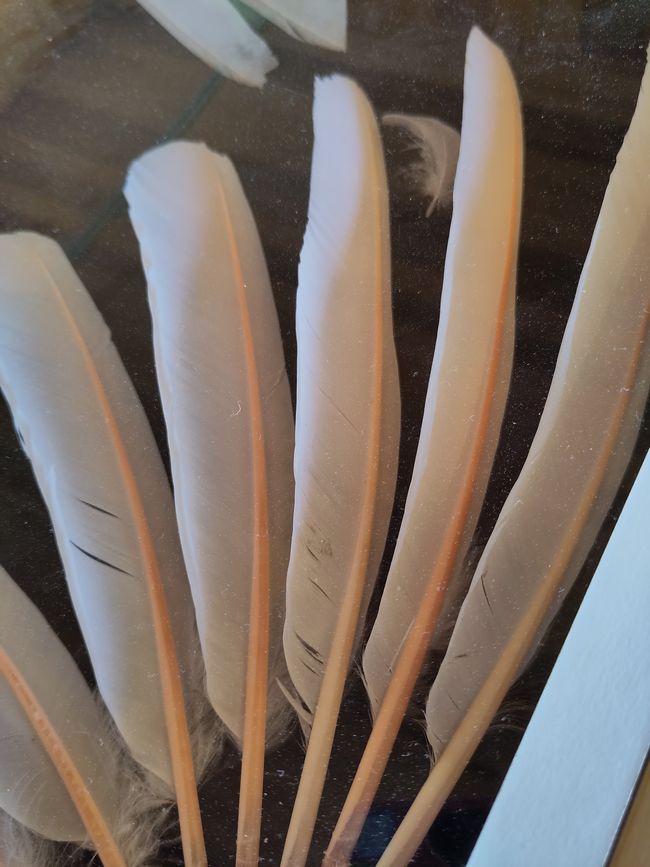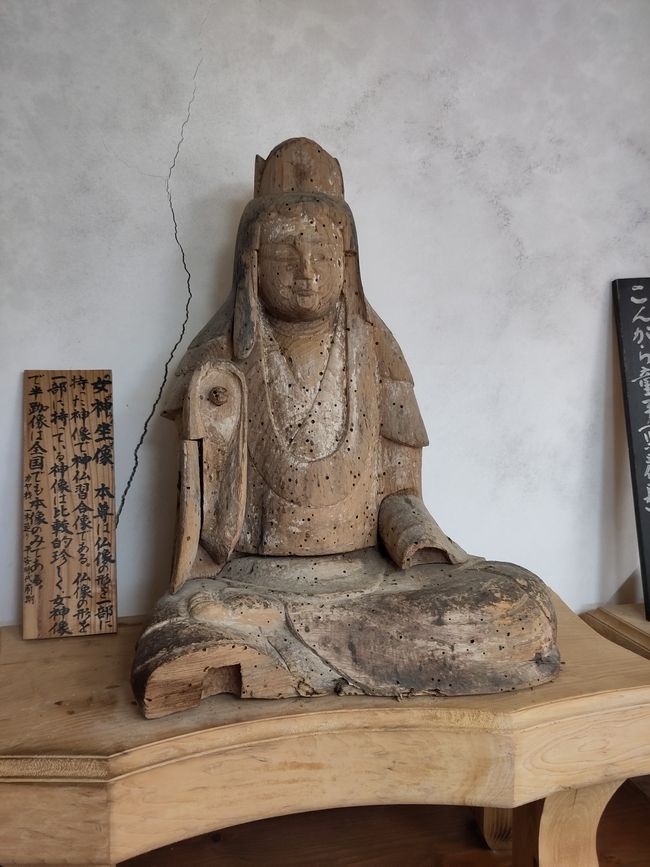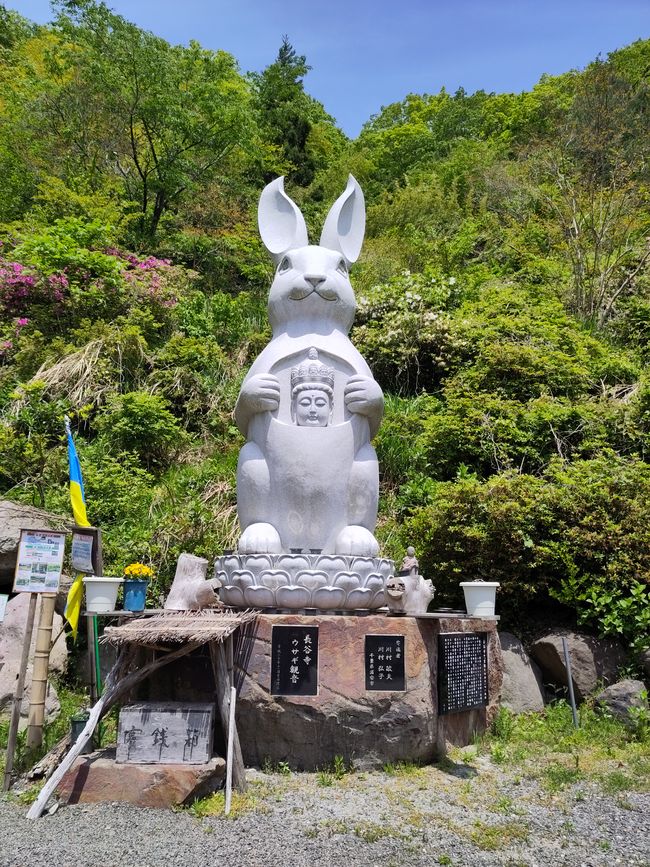Sado - Toki-Terrace and Chokokuji Temple
E phatlaladitšwe: 21.05.2023
Ingwadiše go Lengwalo la Ditaba
Our group starts the day with a visit to the Toki Rehabilitation Center. Since 2008, Toki, also known as Nippon-Ibis, have been bred and released into the wild here. Toki are white and pink-orange ibises, about the size of herons. They feed on small creatures in rice fields, such as frogs and insects. Due to the use of pesticides, pollution of their habitats, and hunting for their beautiful feathers, the birds became extinct in the wild in 1981. There were a few remaining individuals in zoos, and some of them were brought to Japan and merged with the last captured birds in Sado. Toki have been bred since 1999 and released into the wild since 2008, with visible success. Today, over 500 of them live in Sado. From an observation point, we can see the roof of the enclosure and observe the Toki there with a controllable camera. Visitors are not allowed near the enclosure to avoid stressing the birds with too many people, unlike in a zoo. Inside the enclosure, the staff grows rice to get the birds accustomed to searching for food in the rice fields. After a short presentation, we go to the observation platform and can actually see some Toki in the rice fields. They currently have dark-colored heads to blend in better during the breeding season. A bright pink bird would stand out a bit in the forest. Below the observation platform, there is a small information room with up-to-date information about the population and methods for protecting the Toki. There are also some binoculars that can be used to look for them in the rice fields.
Ingwadiše go Lengwalo la Ditaba
Karabo
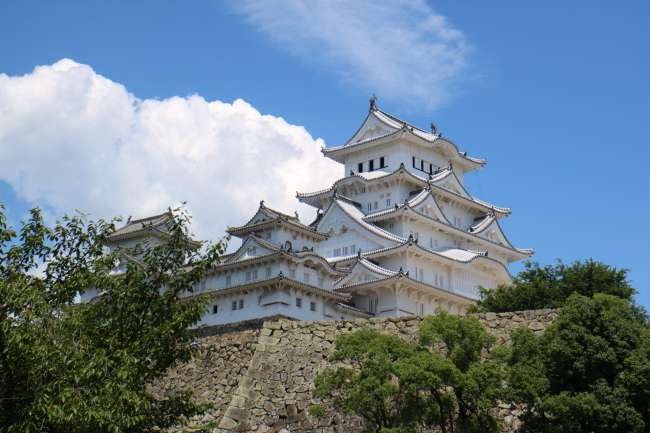
Dipego tša maeto Japane
